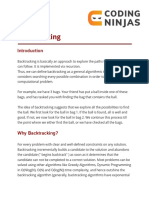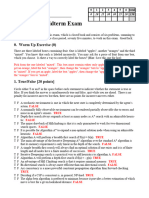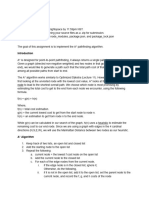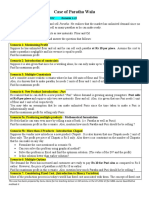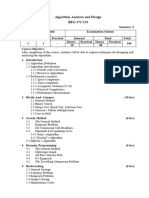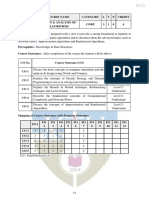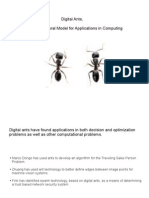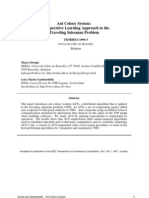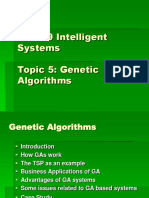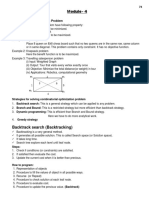0% found this document useful (0 votes)
22 views41 pagesDAA Unit3 PDF
The document outlines Unit 3 of a course on Design and Analysis of Algorithms, focusing on search techniques and randomized algorithms. Key topics include BFS, DFS, backtracking methods, the 8-Queens problem, Knight's tour, the Travelling Salesman Problem, and the branch-and-bound approach for solving the 16-puzzle problem. Each topic is explained with its algorithmic principles, examples, and complexities.
Uploaded by
basuchandrakalaCopyright
© © All Rights Reserved
We take content rights seriously. If you suspect this is your content, claim it here.
Available Formats
Download as PDF, TXT or read online on Scribd
0% found this document useful (0 votes)
22 views41 pagesDAA Unit3 PDF
The document outlines Unit 3 of a course on Design and Analysis of Algorithms, focusing on search techniques and randomized algorithms. Key topics include BFS, DFS, backtracking methods, the 8-Queens problem, Knight's tour, the Travelling Salesman Problem, and the branch-and-bound approach for solving the 16-puzzle problem. Each topic is explained with its algorithmic principles, examples, and complexities.
Uploaded by
basuchandrakalaCopyright
© © All Rights Reserved
We take content rights seriously. If you suspect this is your content, claim it here.
Available Formats
Download as PDF, TXT or read online on Scribd
/ 41












